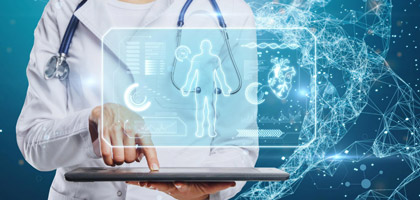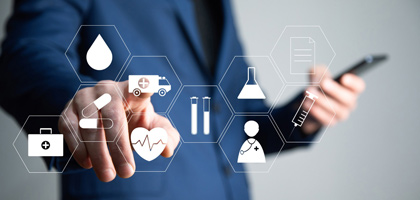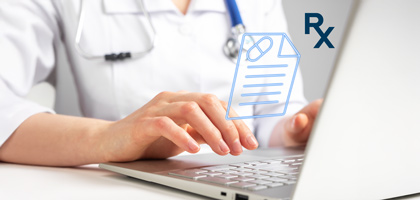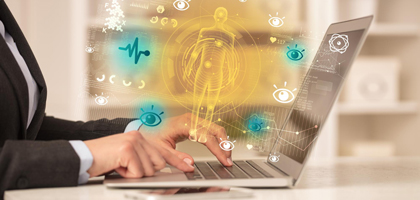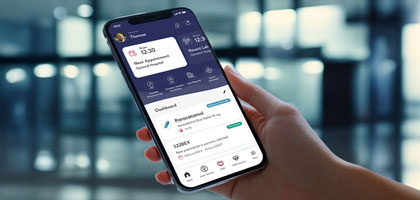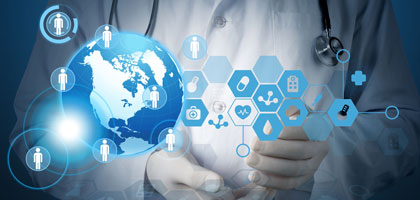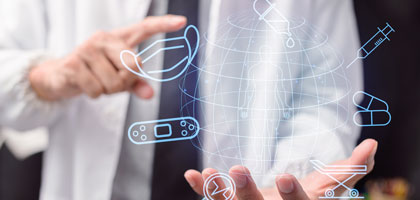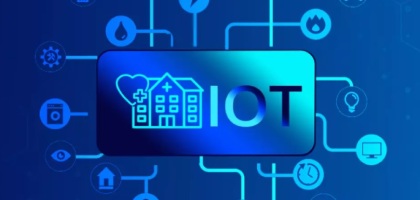
Insights
Benefits of Internet of Things
(IoT) in Healthcare
Benefits of Internet of Things (IoT) in Healthcare
The use of IoT technologies in healthcare offers great opportunities. For example, more effective and more accessible telemedicine, remote conditioning and treatment monitoring, control over medical adherence.
The healthcare industry is one of the most important industries in the world, but it takes a long time for innovations to adapt to this industry due to complexity, level of responsibility and tight constraints. However, many things have changed as the pandemic process has revealed the vulnerabilities and ineffectiveness in the health industry. The Internet of Things could be the technology that can help us solve these and similar problems in the healthcare industry.
The use of IoT technologies in healthcare offers great opportunities. For example, more effective and more accessible telemedicine, remote conditioning and treatment monitoring, control over medical adherence. However, IoT applications are advancing at a very slow pace in healthcare.
What Is IoT in Healthcare?
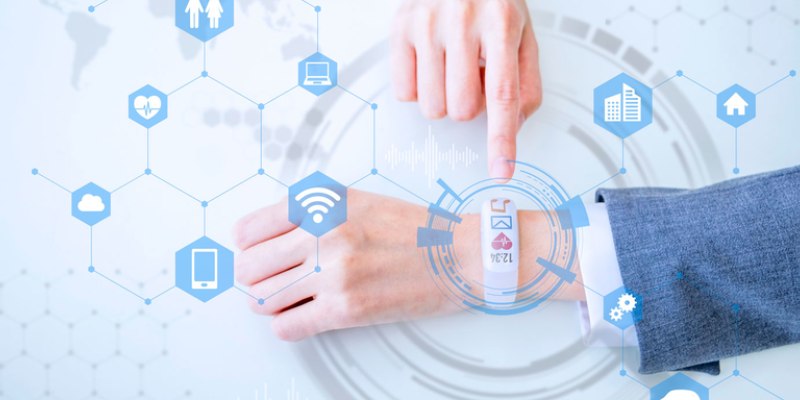
More than 60 percent of healthcare organizations worldwide are either implementing or researching IoT solutions in healthcare. The number of patients and professionals in healthcare using IoT-connected devices for health monitoring is expected to increase significantly in the coming years. The Internet of Things may be a solution to certain problems experienced in healthcare over the years. For example, low medication adherence rate, lack of tools for treatment control, patient monitoring and shortage of skilled professionals.
The Future of IoT Technology in Healthcare
IoT applications in healthcare and medicine are numerous and cover a wide array of technologies, from futuristic robots and drones to ML-based data analytics. With the increase in demand for mobile telemedicine tools and remote patient monitoring technologies during the pandemic period, governments and investors have also realized that the role of IoT in healthcare services has increased. For example, drones are used to deliver drugs to patients whose treatment is done at home. In Rwanda, donated blood is transported by drones.
Telemedicine: It is a completely new communication and connection model between patient and doctor with Medical Internet of Things mobile applications.
RFID for Patient Monitoring: RFID tags have a wide range of applicability, from human tracking to sanitation control.
Wearables: We will continue to talk about smartwatches, wristbands, armbands, and other monitoring devices that collect critical information about the patient's condition more frequently.
Diagnosis, Preventive Medicine: Patient records, test results, treatment processes and other information that can be collected using IoT technology are very important to improve diagnostic accuracy.
Why Using IoT in Healthcare
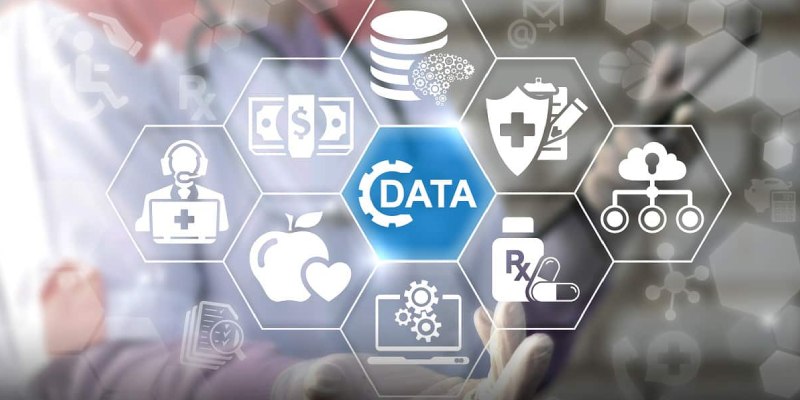
There are many problems waiting to be solved in the healthcare industry. IoT technologies are expected to play a major role in solving these problems. We can list the main problems of the health sector as follows:
Low Patient Engagement and Medication Adherence
Patients generally do not regularly use the prescription drugs given by the doctors or prefer to use the drugs recommended by their friends. IoT healthcare solutions that provide remote tracking of medication adherence and patient engagement help doctors better control the treatment process.
Slow treatment process and delays in hospital discharges
Even on a normal day, hospitals do not have the workforce and capacity to provide all patients with the care they need. The pandemic has taken this problem to the next level and exposed weaknesses in healthcare processes. In addition, when factors such as inadequate specialists and inadequately equipped rooms are added, the treatment process becomes very slow. With the integration of IoT technologies into health services, treatment processes can be accelerated and more effective health outcomes are achieved.
Underfunding and misplacement of resources
Modern medicines require a great deal of resources and are not always able to meet all needs. This is especially true for Asia, Africa, and Latin America. IoT technologies significantly reduce the cost of building maintenance, personnel, transportation, and similar services. But bringing IoT technologies to the healthcare market is not easy. The main challenges are inadequate privacy regulations and the use of expired infrastructure. In addition, the cost of implementing IoT technologies is quite high today. However, the right investments made in IoT technology provide a return in a very short time.
Essential Benefits of IoT in Healthcare
• IoT enhances the capabilities of preventive medicine
• Increased mobility and alert of hospital staff
• Accelerated processing of patient data
• Better management of drugs and medicine adherence
• Reduced risk of error and miscalculation due to the human factor
In addition, you can get detailed information about personalized healthcare technology by reading our article titled The Future of Personalized Healthcare Technology See you on different topics.
Source: https://bit.ly/3wo05kU
